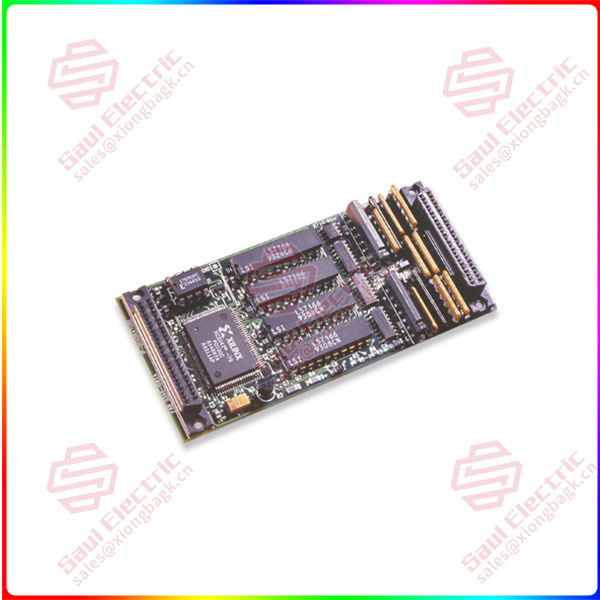Recently, the world’s famous consulting research institute Gartner released the 2023 “Enterprise low code Magic Quadrant”, through product innovation, market influence, customer experience, business model, function iteration and other dimensions, a comprehensive evaluation of the world’s 17 excellent low code manufacturers.
Among them, Siemens Low Code (Mendix), OutSystems, Microsoft, Salesforce, ServiceNow and Appian were named industry leaders.
Huawei (Astro Zero) is rated as a niche player again on the list. It not only confirms Huawei’s technical strength and innovation ability in the low-code field, but also reflects the continuous progress of Chinese enterprises on the global technology stage. As China’s technical capabilities and influence in the low-code industry continue to improve, the status of the domestic software industry in the world will also be further improved. With more and more Chinese enterprises and technical talents pouring into the research and development and application of low-code technology, we have every reason to believe that China’s development in the low-code field will achieve more significant breakthroughs and success.
According to Gartner, Huawei’s flagship LCAP product, Astro Zero, is developed by citizen developers using a code-free approach to information-based applications. Astro Zero also offers a low-code, model-driven system that is ideal for workflow and more complex application development.
Astro Zero is part of Huawei Cloud, which together with Huawei’s other cloud services, such as the integrated platform-as-a-service solution ROMA, AI and IoT, forms Huawei’s cloud services system.
Market overview
According to Gartner, the enterprise LCAP market is part of the overall low-code development technology market, which also includes MXDP, iPaaS, RPA, BPA, CADP, and other smaller market segments. The low code market is expected to reach $44.5 billion in revenue by 2026 (a compound annual growth rate [CAGR] of 19.2% from 2021 to 2026). Specifically, the LCAP segment is expected to expand to more than $18 billion by 2026, with a CAGR of more than 20%.

IP-QUADRATURE
Three trends driving the rapid growth in enterprise LCAP adoption and usage:
Enterprise adoption: The adoption of low-code development techniques is critically influenced by the enterprise and the type of user, whether from the IT department or the business. Democratization and citizen development initiatives have also contributed to the adoption of low-code development techniques by enterprises. These initiatives are not limited to professional IT developers looking for rapid application delivery, but also apply to codeless-development tools used by citizen developers (business technologists) within business units.
Hyper-automation: Hyper-automation involves the coordinated use of multiple technologies, tools, or platforms. LCAP has become a key component of successful super automation, with low code development tools being one of the three most commonly used tools to support automation initiatives.
Composable business: Organizations are adopting application composition techniques to enable converged teams to implement composable applications. LCAP is one of the key technologies driving greater utilization of application services, capabilities, and capabilities.
Leaders: Mendix, OutSystems, Microsoft, Salesforce, ServiceNow, Appian
Enterprise low code leaders demonstrate strong execution (especially in terms of business performance) and strong vision (in terms of product and go-to-market strategy). These vendors stand out in a highly competitive global market and serve a wide range of organizations and use cases through their robust low-code offerings. This year’s leaders are again Mendix and OutSystems, and SaaS platform vendors (whose LCAP complements their SaaS offerings) are Microsoft, Salesforce, and ServiceNow. With strong growth metrics, significant investments in customer success initiatives, and global expansion, Appian is back in the leader quadrant.
Challengers: HCLSoftware, Zoho, Retool, Oracle
Enterprise low-code challengers demonstrate execution, but lack the vision of leaders (especially in terms of broader use cases, market offerings, and go-to-market strategies). These vendors have demonstrated strong execution in their respective focus areas and are expanding their customer base. However, they have yet to demonstrate the vision needed to expand their products beyond their core customers to cater to different types of buyers and needs. This year’s newcomers, HCLSoftware, and last year’s newcomers, Zoho and Retool, join Oracle in the Challenger quadrant.
Visionaries: Pegasystems, Globant (GeneXus), and Creatio.
Enterprise LCAP visionaries demonstrate good strategic vision and potential, but may lag behind their competitors in strategy execution. This year’s visionarians are Pegasystems, new addition to established MXDP vendor Globant (GeneXus) and Creatio, which has significantly improved its initial niche position thanks to an innovative marketing, sales and investment approach to platform expansion.
Niche Players: Huawei, Kintone, Newgen and Unqork.
Enterprise LCAP niche players are vendors that focus on a specific market segment or have a regional geographic footprint. While they did not demonstrate the strongest vision integrity or ability to execute in the application platform compared to other evaluated vendors, qualifying for this magic quadrant is an achievement in itself. Niche players in the LCAP market may also be high performers in other areas, such as business process automation (such as Newgen and Unqork), content services (Newgen), or citizen development (Kintone), and can be better suited to specific application use cases. So this year’s niche players are Huawei, Kintone, Newgen and Unqork.
 1 Year Warranty
1 Year Warranty




